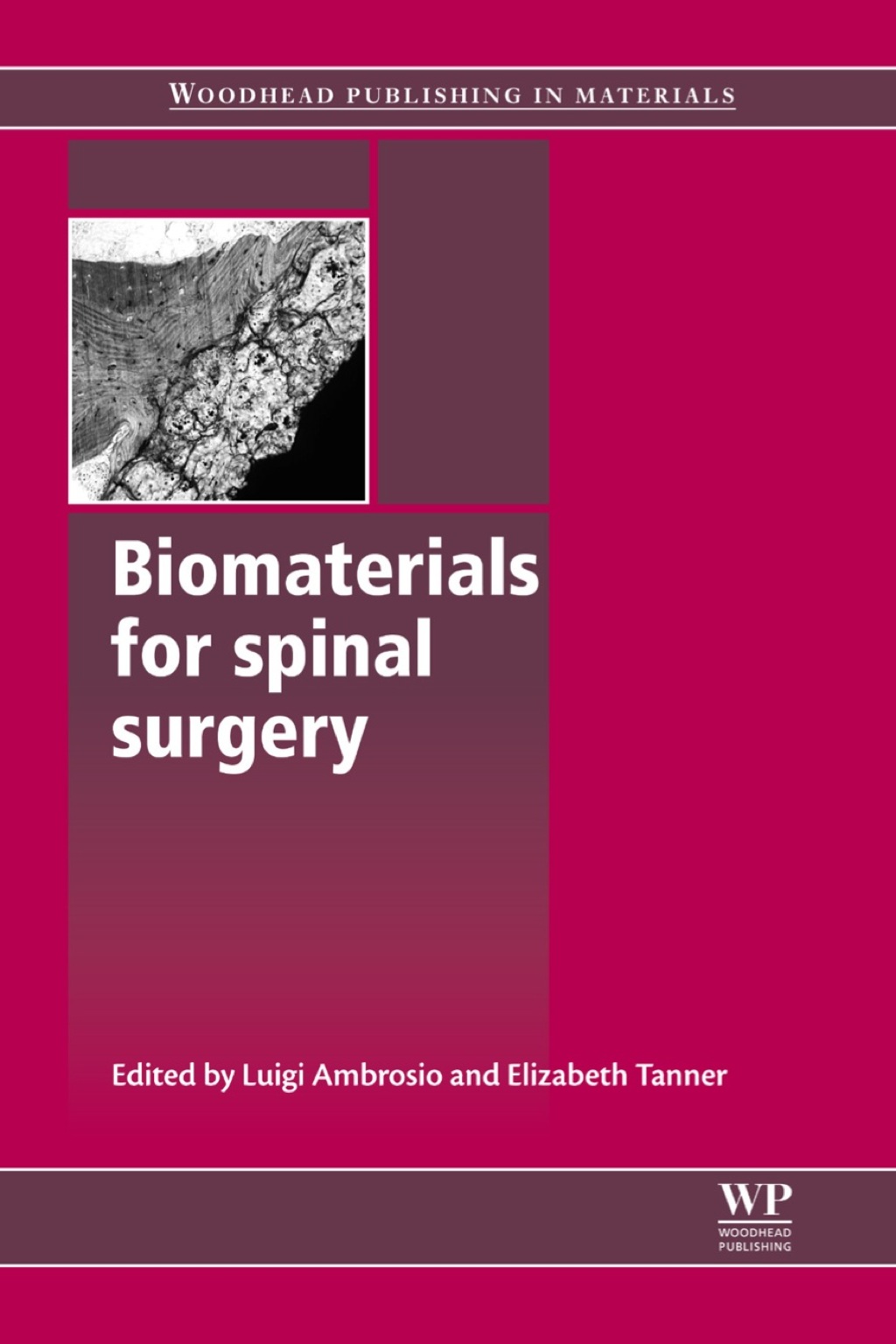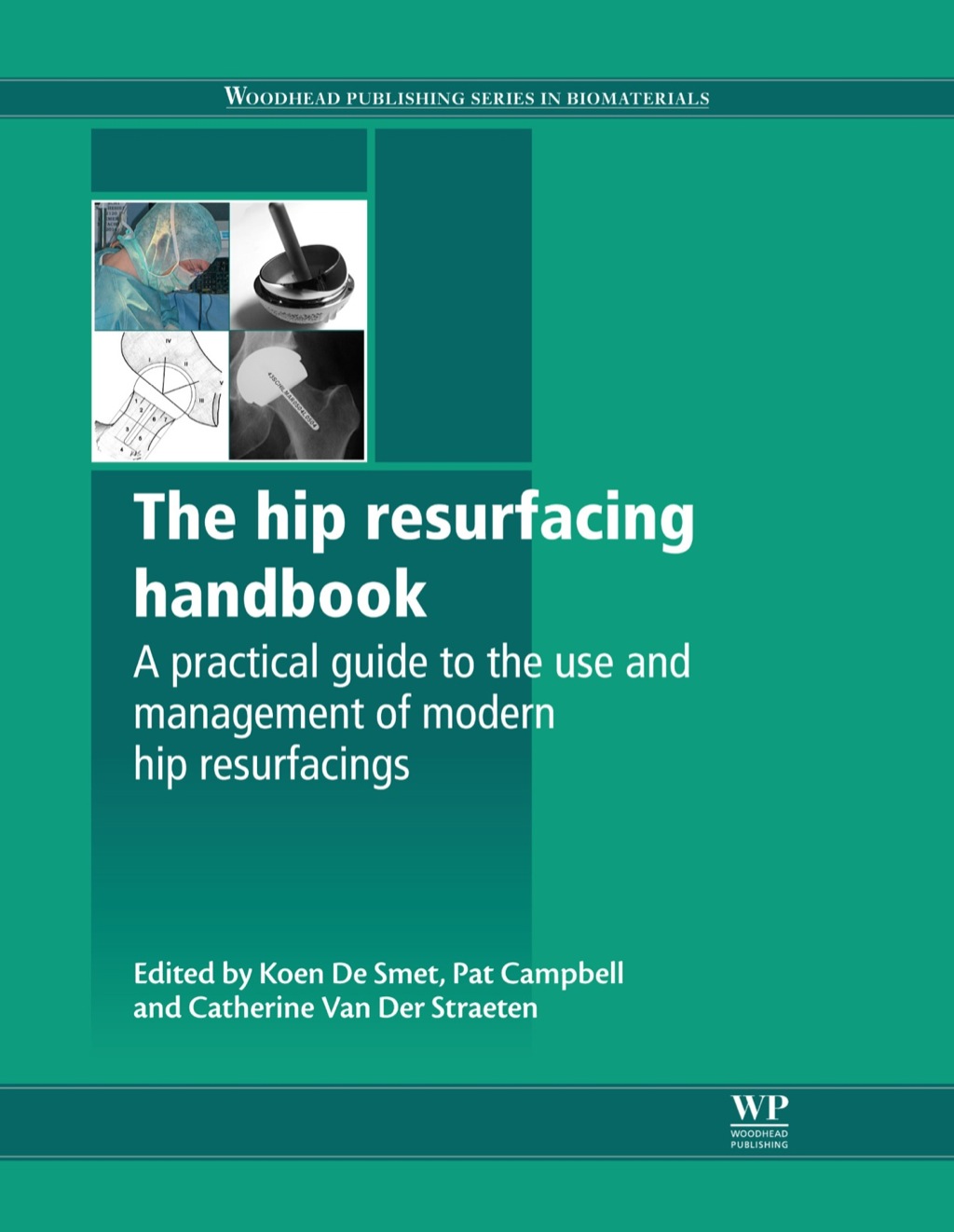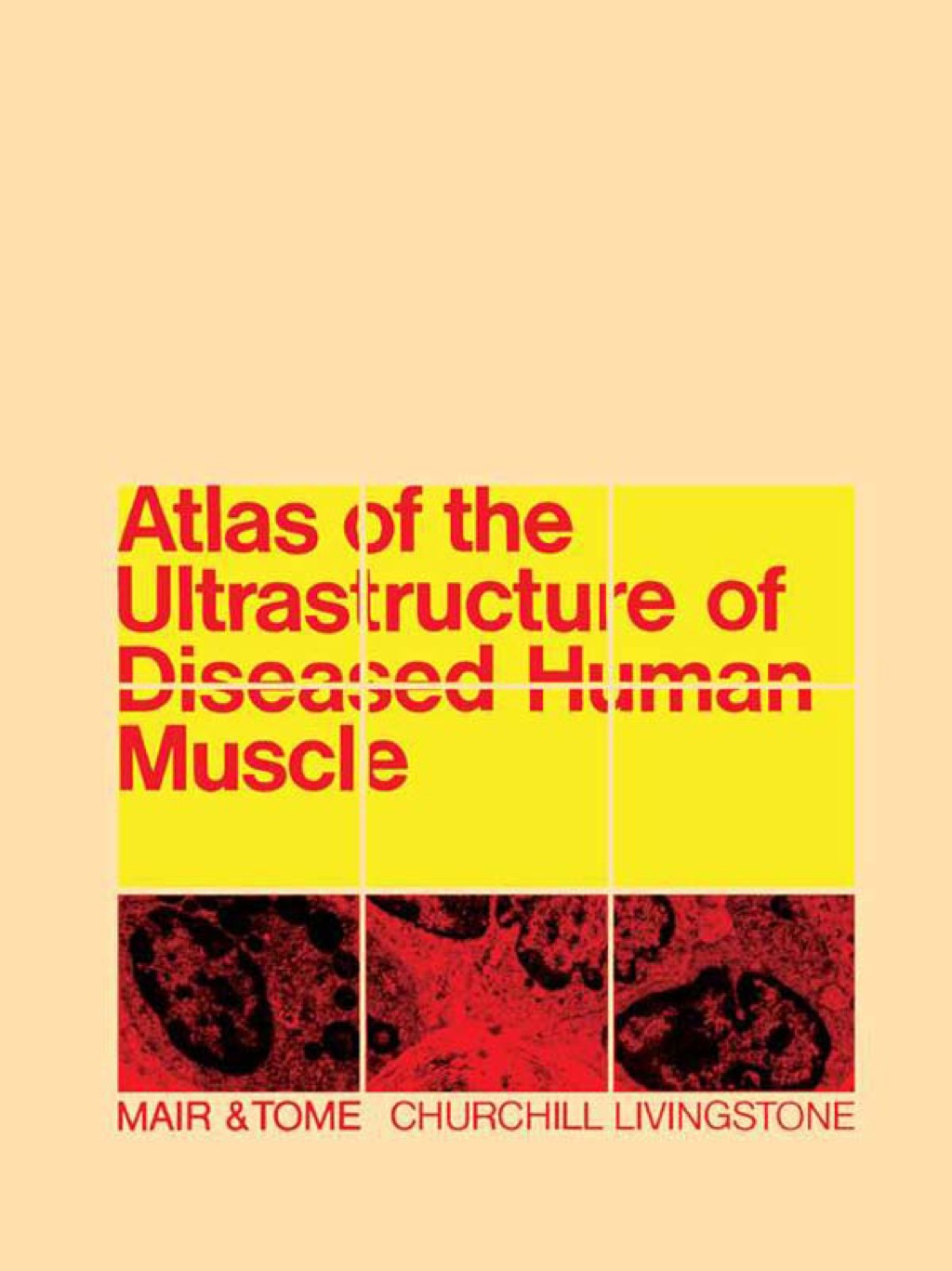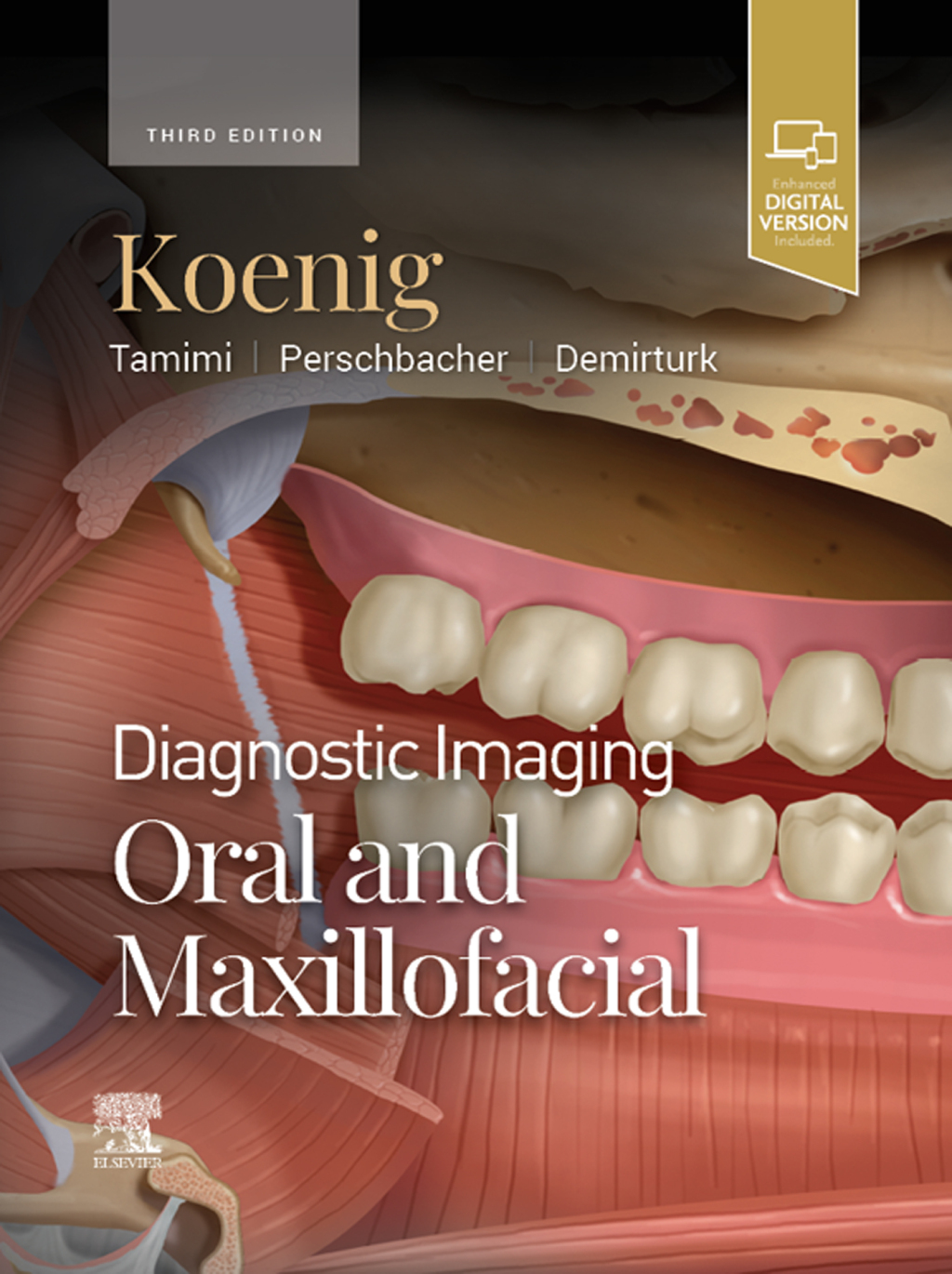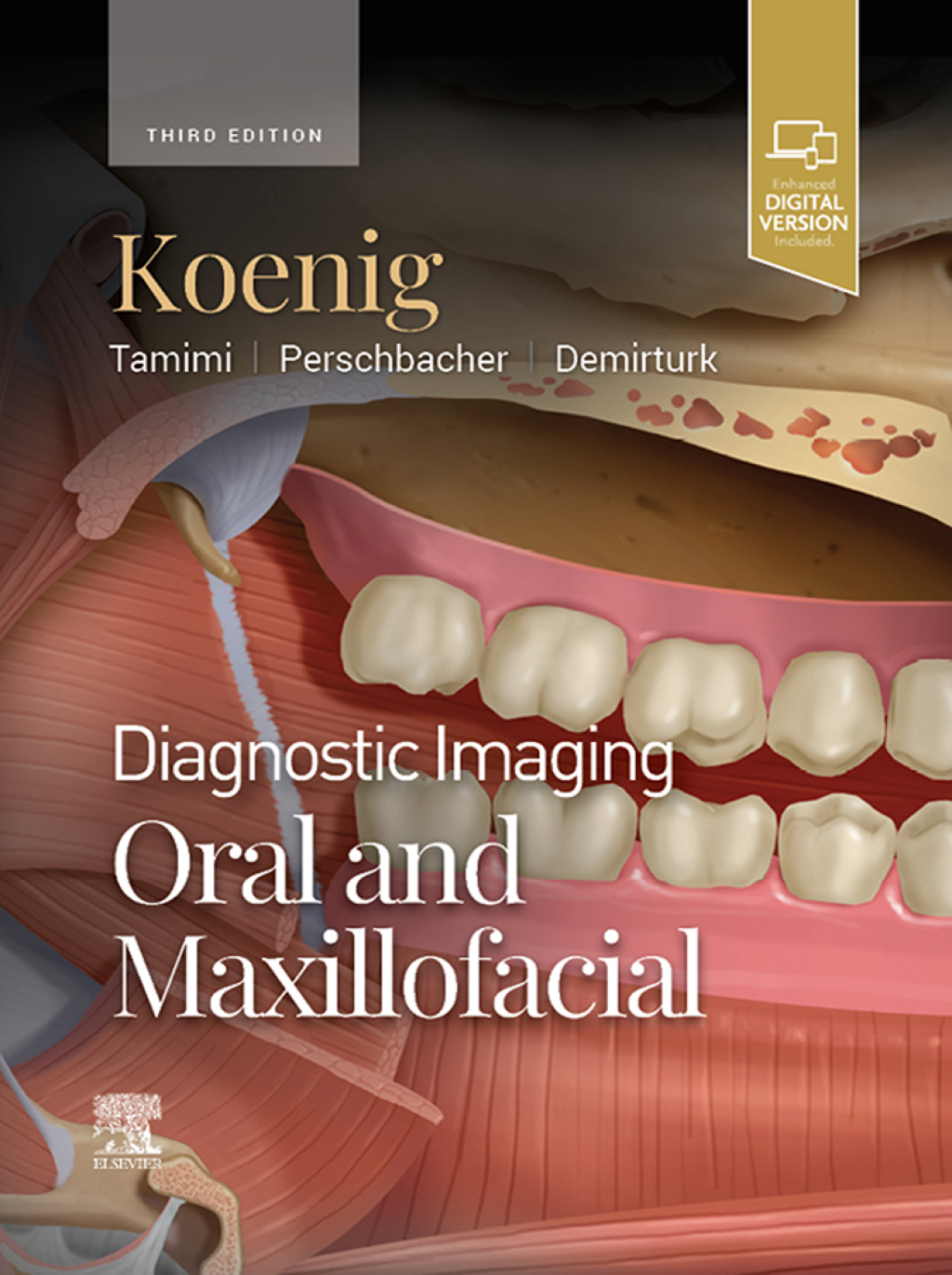Hip resurfacing arthroplasty (HRA) using metal-on-metal bearings is an established but specialised technique in joint surgery. Based on the experience of leading experts in the field, The hip resurfacing handbook provides a comprehensive reference for all aspects of this important procedure.
The first part of the book reviews and compares all the major hip resurfacing prostheses, their key design features, relevant surgical techniques and clinical results. Part two discusses clinical follow-up of the hip resurfacing patient, including pre- and post-operative examination, acoustic phenomena and rehabilitation. It also covers the use of techniques such as radiography and metal ion measurement, as well as bone scans, ultrasound, CT, MRI, PET and DEXA, to evaluate hip resurfacings. Part three reviews best practice in surgical technique, including the modified posterior and anterior approaches, as well as instrumentation, anaesthesia and revision surgery. Based on extensive retrieval studies, Part four includes examples of the main failure modes in HRA. The final part of the book includes patients’ own experiences, a comparison of HRA with total hip arthroplasty (THA), regulatory issues and relevant web sites.
Comprehensive in its scope and authoritative in its coverage, The hip resurfacing handbook is a standard work for orthopaedic surgeons and all those involved in HRA.
- A standard work for orthopaedic surgeons and all those involved in HRA
- Reviews and compares all the major hip resurfacing prostheses, their key design features, relevant surgical techniques and clinical results
- Clinical follow-up of the patient is discussed


